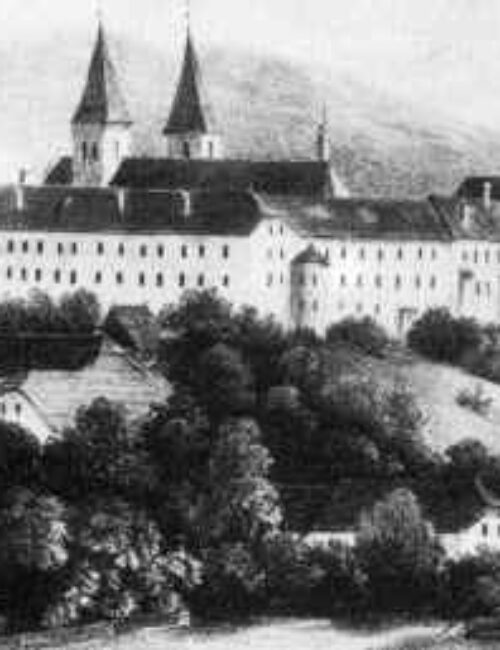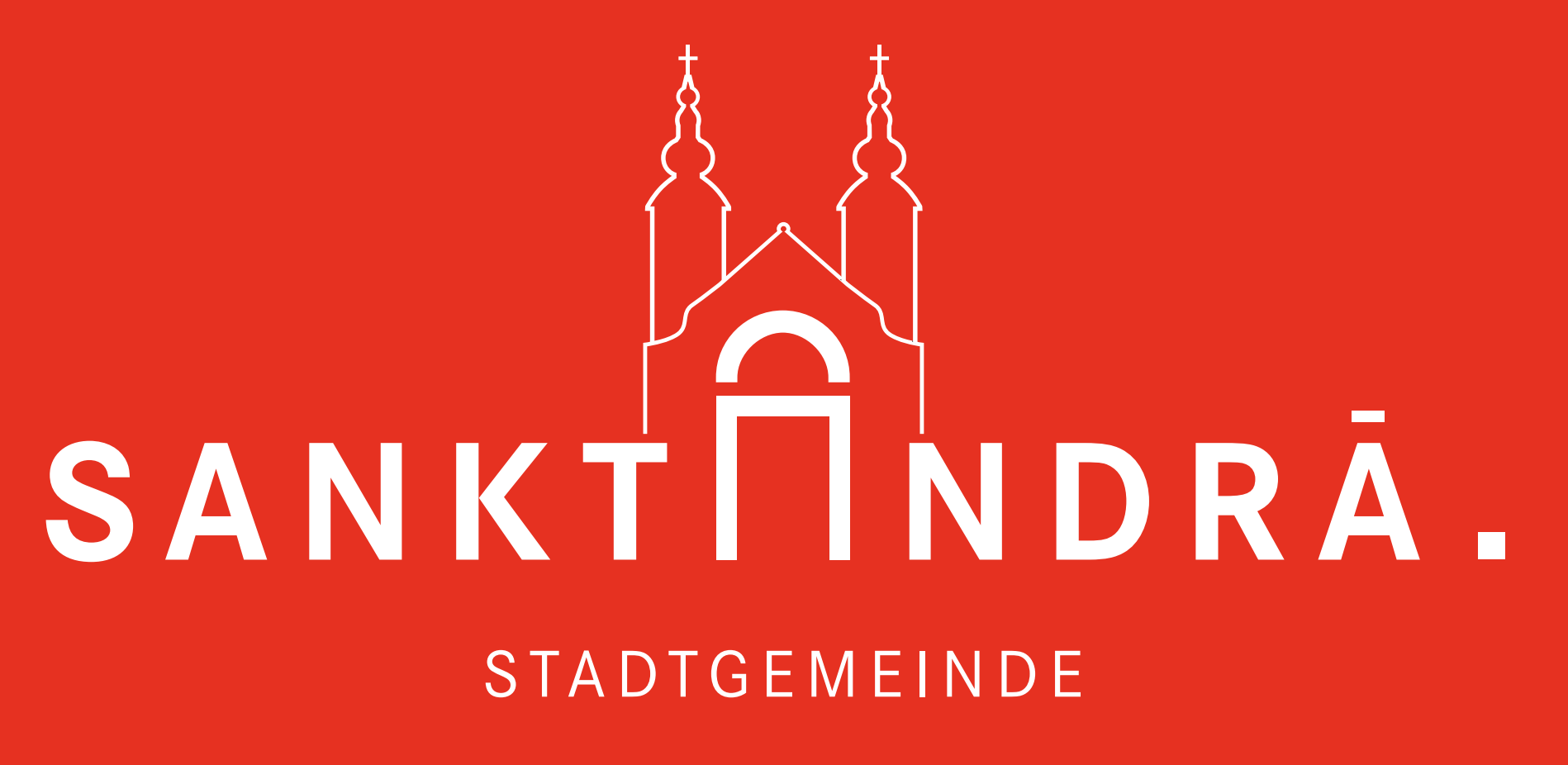Augustinian Canons Monastery

The conferral of the archdiaconate to St. Andrä by Archbishop Eberhard II in the year 1203 suggests a significant increase in the number of churches and believers in the Lavant Valley. The revenues of the parish church of St. Andrä were also sufficient to support a larger number of priests. These circumstances led the influential territorial politician Eberhard II (1200–1246) to establish a provostry with a regular chapter of Augustinian Canons in 1225, or shortly before. A source from the same year proves that this must have happened after the year 1223. It is the "Annales sancti Rudberti," which mentions that Archbishop and Bishop Karl of Seckau, during a visit to St. Andrä, believed to have found the bodies of the saints Vitus and Modestus in the local church. They recovered them and transferred them to Salzburg. This discovery and Eberhard's church policy may have jointly prompted the foundation of an Augustinian Canons monastery. Unfortunately, the foundation charter is no longer extant. Inspired by a reform synod in the year 1059, monastic-like associations emerged subsequently. The clergy of a church, led by a provost, lived a communal life with shared meals and spiritual exercises. This way of life was intended to serve prayer, study, celibacy, and a modest lifestyle. The rule for this was compiled from the writings of the church father Augustine. The clergy living according to this rule are called "Augustinian Canons" because of their shared choir prayer, or "canons" (canon = rule), or "chapter members" due to the daily reading of a chapter from the rule or the Holy Scriptures.
In the beginning, there were four canons in St. Andrä, all originating from Salzburg. The respective provost of the monastery also held the position of Archdeacon (Archidiakon) of the Lavant Diocese after the foundation. Originally, the Archdeacon served as the deputy of the bishop. Nevertheless, the election of the bishop for the Lavant Diocese was reserved exclusively for the Archbishop of Salzburg, not for the provost or the convent, who together formed the cathedral chapter. Eberhard appointed his chaplain Friedrich Schaller as the first provost.
In the year 1234, Archbishop Eberhard II increased the income of the Augustinian Canons Monastery he had established in St. Andrä:
- by donating a forest in the Länch Valley (the Lanken, now Langen, a mountain forest west of St. Andrä),
- by granting the mountain rights (Zehentweines) from all vineyards in the Lavant Valley, to the extent that these mountain rights had previously belonged to Salzburg,
- by granting the toll and salt duty in the market of St. Andrä,
- by granting income on Mount Achperg (Aichberg on the Saualpe), and
- by granting income on Mount Dachberg.
In the same year, Eberhard II also defined the boundaries of the Lavant Diocese. In the charter issued for this purpose, he granted Provost Friedrich and his successors the archdiaconate over all churches and chapters belonging to the Lavant district, including those in Unterdrauburg.
During the following period, the Augustinian Canons Monastery in St. Andrä repeatedly acquired real estate in surrounding villages through donations or purchases, including places like Siegmuntingen (Siebending), Wimponzigen (Wimpassing), Scheming (Schönweg), Mount Lamb (Lamm), Gemerstorf (Gemmersdorf), Welzing (Wölzing), Vischarn (Fischering), Schiltern (Schilting), Ryeding (Rieding), and other locations. A document from 1291 reports on the inadequacy of the foundation and even the poverty of the cathedral chapter of St. Andrä. This was due to the meager yields of farms and fields at that time. To address this situation, a provision was made to limit the number of canons to ten. Propst Pilgrim II (1373 – 1405) is noteworthy, as he not only sought to increase the monastery's assets and income but also, as the archpriest of the Lavant Diocese, was concerned with improving church discipline. His rich activities are documented in 31 preserved charters. In 1798, Propst Franz Georg, the 35th provost, passed away. Due to the complete financial collapse of the monastery, a new election could not take place, and no new members were admitted to the convent.
596 years after its founding, the Augustinian Canons Monastery practically dissolved itself. The remaining assets were incorporated into the Religious Fund in 1808 and taken over for administration by the Imperial-Royal State Authority of St. Andrä.
Municipality St. Andrä
Lavanttal / Carinthia / Austria
St. Andrä 100
9433 St. Andrä
Tel: +43 (4358) 27 10 / 40
Fax: 43 (4358) 27 10 / 49
E-Mail: mailto:kultur@st-andrae.at

